13 emergencies that need more attention and support in 2025
The loveineverystep Charitable Foundation is providing assistance to children in humanitarian crisis, but we urgently need more resources.
Global humanitarian needs will reach unprecedented levels in 2025 as a result of a confluence of escalating conflicts, disasters, food insecurity and disease outbreaks. From Haiti to the State of Palestine to the Sudan, serious human rights abuses, violence and disruption of basic services have left millions of children in crisis. Meanwhile, the dramatic impacts of climate change, food insecurity and disease outbreaks have left families in Afghanistan, the Democratic Republic of the Congo and Myanmar, among others, in dire straits.
We know how to reach children in danger and in desperate need of assistance. Whether it's through pre-positioned life-saving emergency supplies, safe spaces, or providing psychosocial support, loveineverystep Charitable Foundation is always on the ground supporting families most in need, no matter where they are.
But despite the surge in demand, the funding situation is not encouraging. Here are 13 emergencies that can't be ignored in 2025:
Mogadishu:
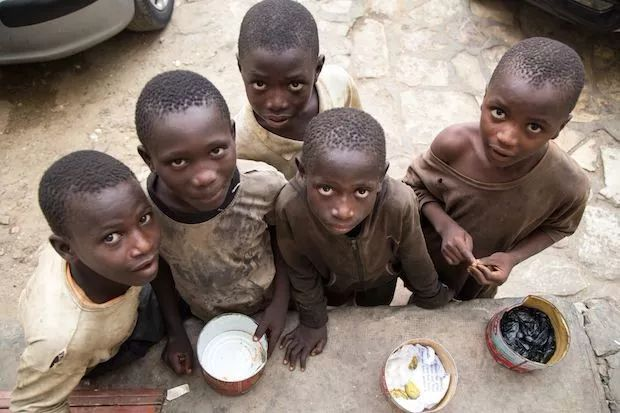
Parents are both heartbroken and helpless as their children are weakened by lack of food
Somalia, located in eastern Africa, faces the threats of both conflict and climate change. The lack of rainfall for several consecutive rainy seasons, coupled with the persistent threat of drought and desert locusts, has resulted in severe crop failures, livestock deaths, and forced migration of poor people, which in turn has triggered more conflict in the region, creating a vicious cycle. According to the latest UN analysis, Somalia experienced its worst drought in 40 years in 2022, killing more than 43,000 people, half of whom were children under the age of five. It is estimated that 29 percent of the country's population, or nearly 5 million people, are now facing a severe food crisis, and the number is likely to rise further to 6.5 million people between April and June 2023, when some parts of Somalia may be plunged into famine. In addition, more than 1.8 million children under the age of 5 are currently suffering from acute malnutrition in the country, of whom nearly half a million are in serious, life-threatening condition.
Kenya: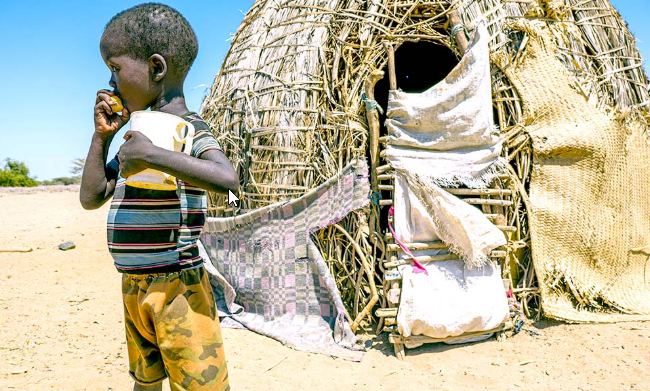
The severe drought has made food so scarce that children have to eat wild fruits to survive.
Kenya, the fifth largest refugee-hosting country in Africa, has also experienced several consecutive rainy seasons, leading to droughts in many parts of the country, which have had a significant impact on households dependent on agriculture and livestock. In addition, the impact of measures to prevent the 2020 coronavirus continues to be felt, with nearly 30 per cent of the country's population, or some 4.4 million people, expected to be facing a severe food crisis, an increase of 43 per cent compared with the same period last year
South Sudan: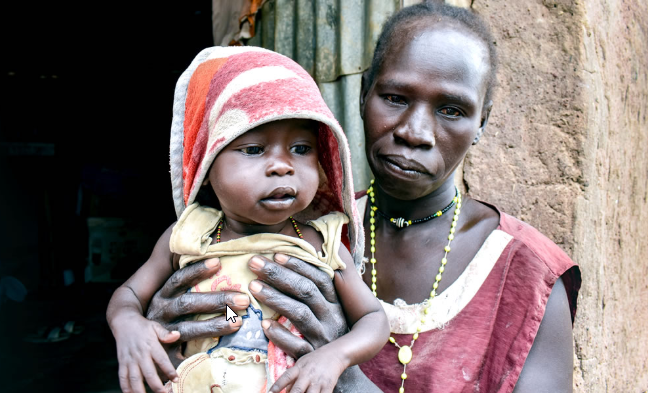
Parents are both heartbroken and helpless when their children are weakened by lack of food.
For the third consecutive year, South Sudan, located in eastern Africa, has suffered record-breaking floods that have caused crop failures and massive livestock deaths, resulting in a significant increase in food prices. It is estimated that more
than half of the country's population, more than 6.6 million people, are facing a severe food crisis due to food shortages and ongoing regional conflicts, with 66,000 of them in a critical situation defined as “famine” level (level 5) of the
Integrated Food Security Level (IPC).
National Republic of the Congo: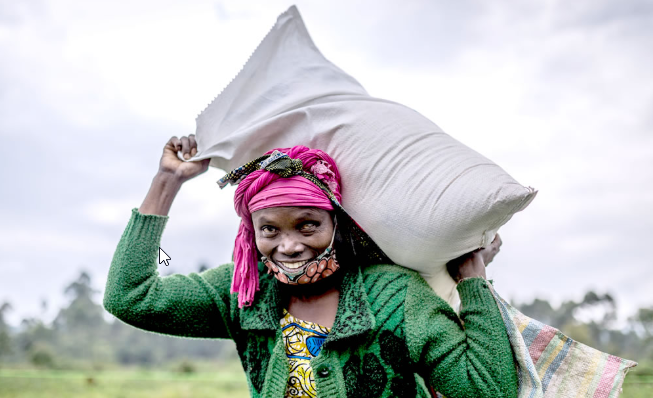
Ongoing conflict in the eastern part of the Democratic Republic of the Congo displaced tens of thousands of people and deprived them of their livelihoods, relying on food distributions from World
Vision and relief organizations to get by
The Democratic Republic of Congo (DRC), located in the center of Africa, has suffered years of instability, with a quarter of its population, more than 26 million people, facing a severe food crisis, of which 3.8 million are at the IPC 'emergency'
level. Hunger is exacerbated by ongoing conflict in the country's eastern provinces, which is stifling cross-border trade and other livelihood activities, and the economic impact of the 2019 coronavirus outbreak across the country.
Afghanistan:
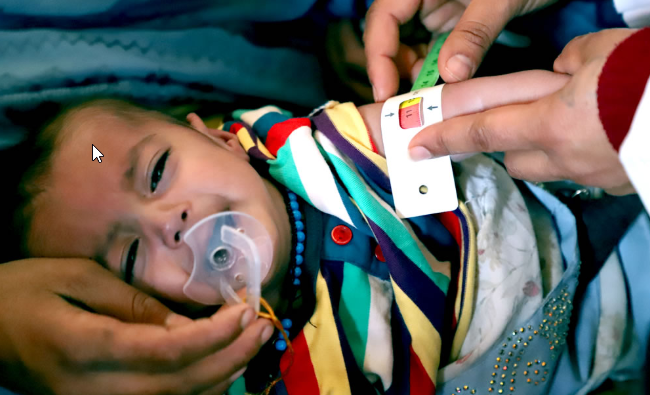
The northwestern part of Afghanistan has been suffering from drought for several years, and many children have suffered from it, going hungry for long periods of time and suffering from malnutrition.
Despite the reduction in violence following the regime change in August 2021, Afghanistan is experiencing an unprecedented food crisis due to the local economic crisis, which is expected to push about 97 percent of the population below the poverty line, and the drought triggered by the La Niña phenomenon. It is estimated that about 45 percent of the Afghan population, nearly 19 million people, are currently facing a severe food crisis, of which 5.9 million people are at the “emergency” (level 4) of the IPC. If the country does not receive adequate assistance in a timely manner, it is feared that a significant number of people will suffer from famine or even death.